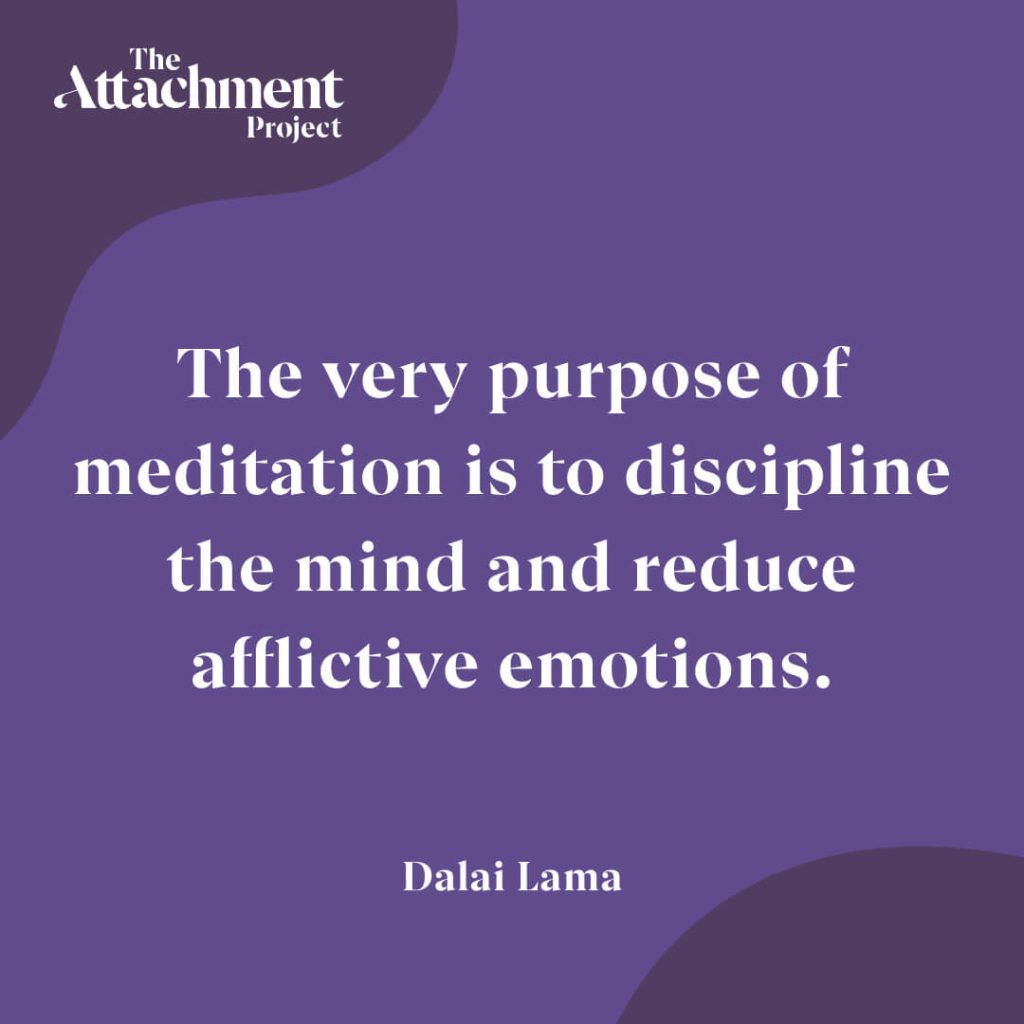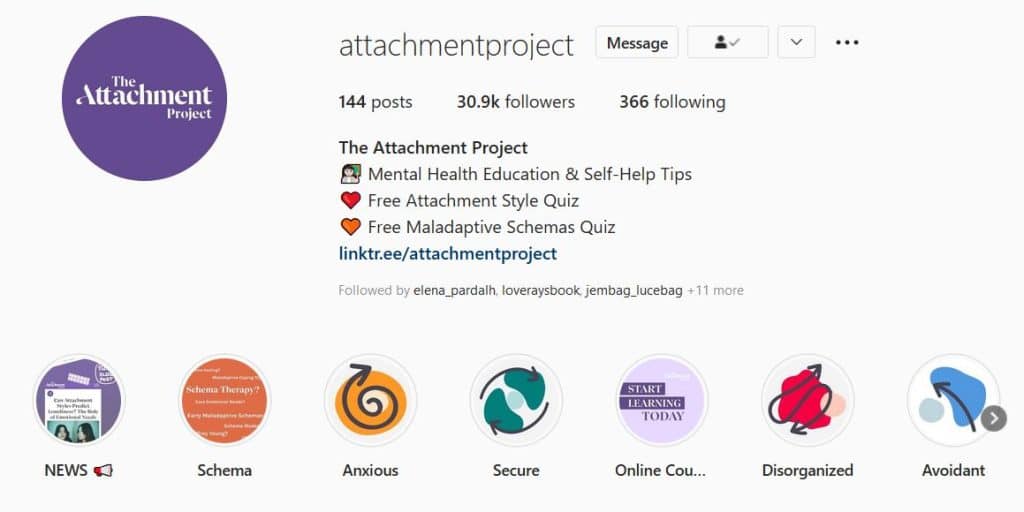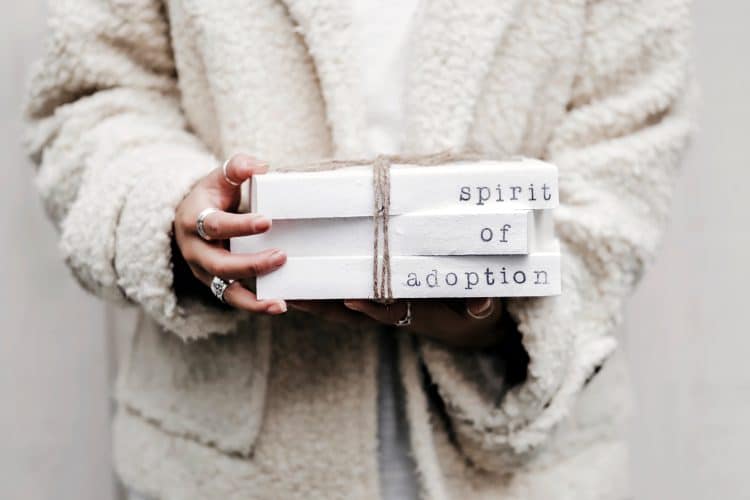5 Practical Ways to Manage Your Anger & Negative Feelings

Published on May 18, 2020 Updated on November 25, 2023
How can we handle negative feelings during the Covid-19 pandemic?
In normal day-to-day life, we spend a lot of time outside of our homes and are often reactive to, and even distracted by, external stimuli – the environment, the people we are surrounded by, the street noises, etc. We are rushing through the day and do not pay that much attention to how exactly we feel and why.
Managing your negative feelings is essential in times of adversity
Due to the Covid-19 pandemic, however, our routines have changed. We are stuck at home and stuck with ourselves. Even if you live with your family, partner, or friends, chances are you have more time on your own than you usually do. Consequently, you might focus inwards more than usual.
At the same time, the current pandemic is a major cause of negative feelings, such as fear, anxiety, loneliness, and depression. Having such a source of negative feelings, combined with having the time and capacity to dwell on these feelings, could turn into a recipe for disaster. For this reason, it’s essential for us to take control of potentially harmful feelings and preserve ourselves in the best and most efficient way possible.
In the following sections, we will discuss a few aspects of emotional growth. These aspects are not only essential for emotional growth but also crucial for maintaining your well-being during times of stress and adversity.
Expressing negative feelings, instead of “stuffing” them in, has health benefits

Emotional inhibition, also referred to as “feeling stuffing”, is associated with many health risks. Studies have shown that feeling stuffers are at higher risk of cancer development, cardiac disease, stroke, and other diseases. Results of a study by Tamara Kotler and colleagues revealed that emotional control (the suppression of negative feelings) was the main link between stress and physical health: stress did not impact physical well-being significantly unless high levels of emotional inhibition were also present. The authors demonstrated that having an avoidant attachment style (which goes along with avoiding emotional expression and intimacy) can be a risk factor for various health issues.
A more recently published study investigated the relationship between emotion suppression and mortality rates (all-cause, cancer, and cardiovascular), through a 12-year follow-up of a US sample. Results indicated that “feeling stuffing” may be a risk factor for premature death.
What if bringing certain emotions to the surface is too painful or overwhelming?
We differ in what we feel and how much we feel. Yet, many of us experience difficulties handling our emotions. Sometimes we feel too much, or maybe too little. It could also be that we are good at dealing with emotions in general, but have a hard time tolerating specific emotional states.
We know that bottling up feelings is not healthy; but what if bringing our feelings to the surface is painful, intolerable, and too challenging?
How do we develop the ability to tolerate emotions in childhood?
According to John Bowlby’s Attachment Theory, a child’s early relationship with the caregivers is fundamental for the child’s personal and social development. It is also essential for his or her ability to tolerate emotions.
A recently published paper by Kisley and colleagues shared two studies on the relationship between emotional tolerance and attachment. Consistent with earlier research, the results of both studies confirmed the robust relationship between insecure attachment and intolerance of emotions. How does this work?
What does attachment theory have to do with our emotional regulation?

Parents who raise securely attached children are attuned to the child’s needs and respond to distress with soothing. Both sides of soothing – physical warmth and proximity, and verbal reassurance – have a huge impact on the child’s emotional state: the child becomes calm and feels comforted. Around the second year of life, he or she is already able to form an internal representation of being soothed by the parents. Eventually, this internal representation becomes a part of the structure of the child’s mind.
As a result, such children don’t need the parents to soothe them anymore, as they have learned how to evoke this representation in their minds and soothe themselves. They tend to tolerate affect and negative emotions in a much more effective way.
How can we learn to tolerate emotions in adulthood?

Learning to tolerate uncomfortable emotions is an essential aspect of emotion processing. You cannot process an emotion if you can’t face it and accept it. If you have a secure attachment style, you are likely to have fewer difficulties tolerating specific emotional states. Yet, if you are not quite sure whether you possess the necessary self-soothing skills, there are ways to help yourself.
Meditation and visualizations might be a great way to approach this issue. In general, meditation has a positive impact on emotional processing. It takes practice, but visualizations can also help you develop self-soothing techniques and tolerate difficult emotions.
What if the people we are locked down with are driving us crazy?
Due to the quarantine, many of us are at home full-time with our families or partners. Yes, these are the people we love the most. Normally, we wish that they had more time to hang out with our loved ones. Suddenly, we do. Maybe even too much.
If spending too much time with your partner or family is starting to cause distress, you are not the only one. Starting to feel annoyed or bothered by the people you are 24/7 with is completely normal.
Nevertheless, you might want to keep your relationships strong and try to prevent toxic and negative communication: on the one hand, because being stuck with someone you are constantly fighting with can be stressful (and there’s nowhere to run!); on the other hand, because you might want to continue being in a loving relationship with that person after the quarantine is over. How can you achieve all that?
5 practical tips on how to deal with anger and negative feelings

1. Pay attention to your emotions. Notice how you handle negative feelings when they start building up.
Do you bottle up your feelings? If the answer is yes, then you might want to revisit the section about feeling stuffing.
Do you express your negative feelings? If that’s the case, then reflect on how you usually express yourself.
2. Express your frustration as calmly as possible.
It’s important to remember that the key to resolving the issue of toxic communication is not to not express your negative feelings. Keep calm and share what made you feel angry or sad and why.
3. Take responsibility for your role in the problem.
Be honest with yourself. In what ways could you have contributed to the issue?
4. End the argument on a positive note.
When you are angry at someone, you might focus on their mistakes and flaws. But is that all you genuinely feel towards this person? Are this person’s imperfections everything you see in them? Try to express your appreciation of their good qualities, behaviors, and your relationship in general.
5. Practice forgiveness.
We are going through stressful and unprecedented times and there is enough fear, anxiety, and negativity out there already. Let’s try to not hold grudges and to ‘take out the trash’ from our heads. Let’s try to let go of what we are carrying.
The five tips shared in this section are inspired by the dimensions of communication John Gray discusses in “What You Can Feel You Can Heal”. Gray's approach is fundamental to fostering healthy emotional expression and dealing with disagreements.
The outside world might trigger our negative emotions, but they don’t have to live within us
Our emotions are a mirror of how we experience the world. Denying them means denying a part of who we are. Now that we are in a lockdown at home, we can make use of the time we have with ourselves to explore what we feel and get to know our internal world better.
We can learn to face uncomfortable emotions, accept them, and process them. Let’s work on improving our communication in relationships by simply shifting our perspectives. We can also set ourselves free by forgiving.
This might not be easy. It might take lots of practice. But if you find the time and motivation to invest in your emotional growth, you will surely exhibit many benefits, both in your mental and physical well-being.
Join our 30k+ community on Instagram

If you liked this post and want to learn more about attachment theory and personal development, then we recommend following The Attachment Project on Instagram. We regularly post content to help you make sense of attachment theory in various contexts.











 Get mental health tips straight to your inbox
Get mental health tips straight to your inbox








